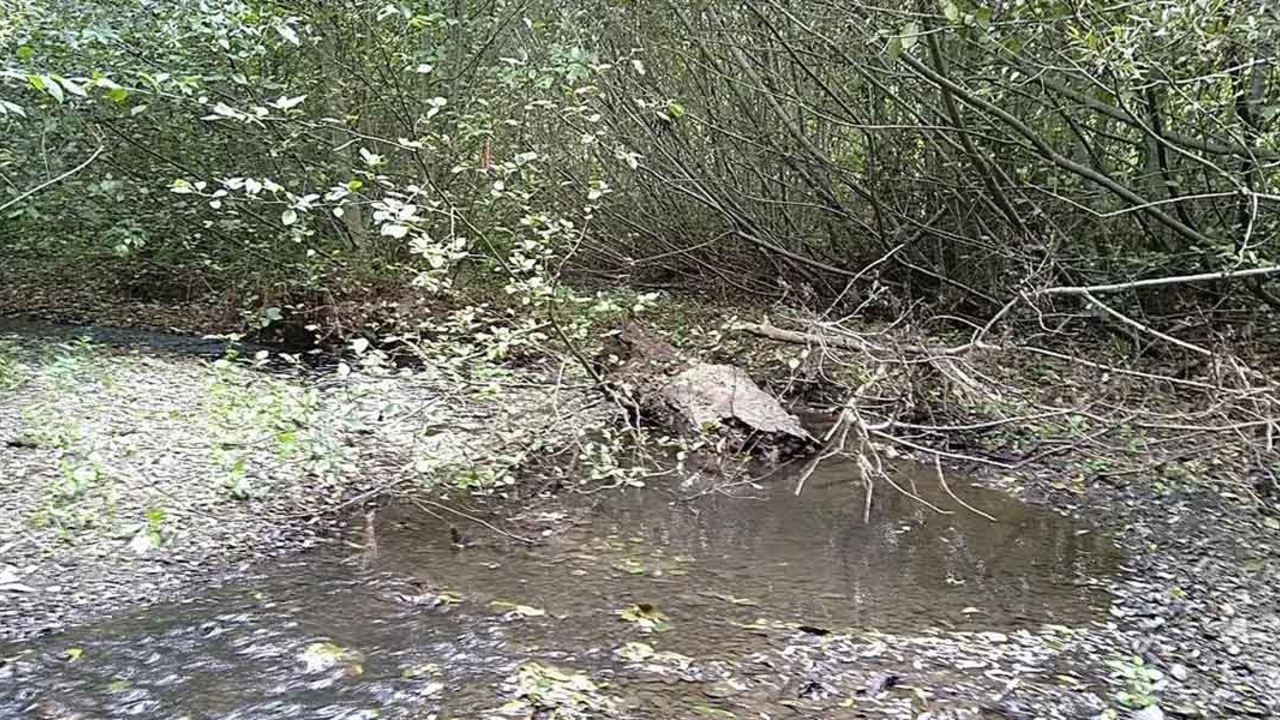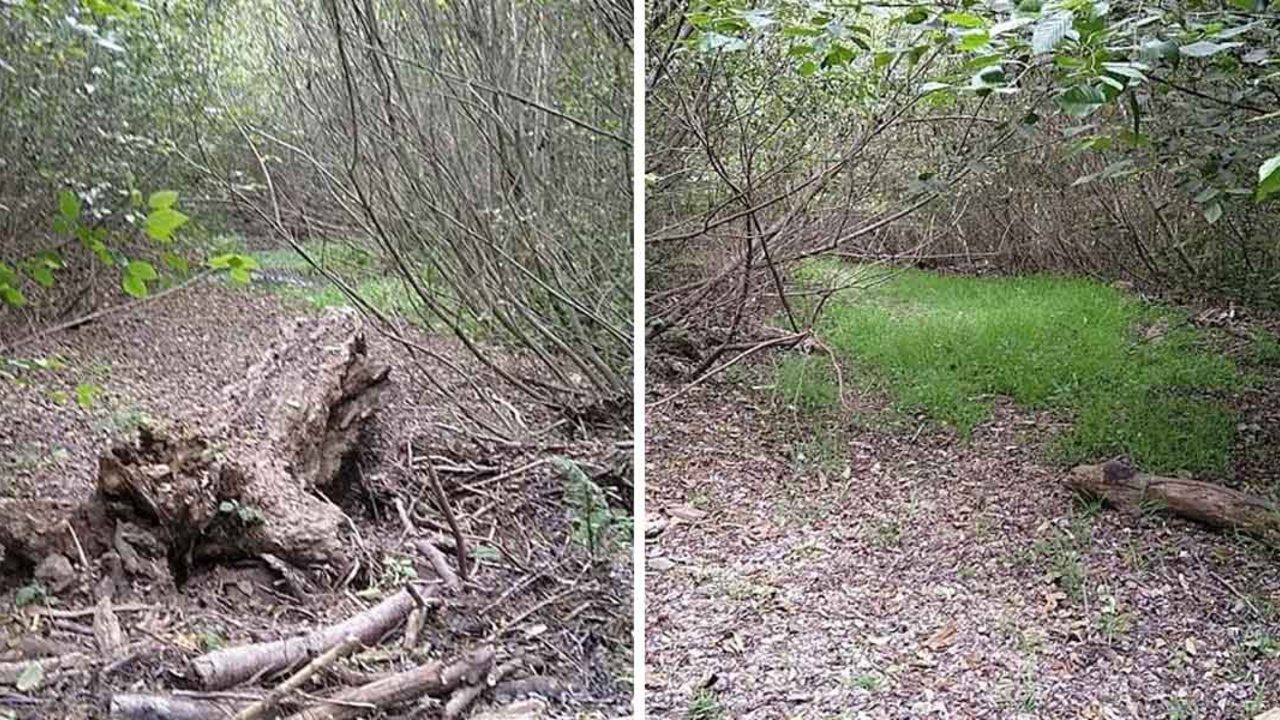Redwood Creek has left its riverbed to start a life of its own

By Price Sheppy
Marin Community Programs Manager
This may sound like a crazy statement but it’s true, and it’s something to be excited about!
Creeks and rivers are dynamic moving ecosystems. The only constant in a river is change. As the water flows, it naturally erodes the rocks and soil around it, depositing this rock and soil downstream. This erosion creates gravel beds in the river that are fundamental to the reproduction of salmon and trout. The gravel beds are not static, but rather flow and work their way downstream.
Big winter storms can cause gravel to fill up a section of the creek so much that the water finds a new lower path to travel down to the ocean. When this happens, the creek creates a new channel and abandons the old gravel-filled river bed.
This change in the river’s course is part of the life of a river. All of the soil in California’s fertile agricultural river valleys has come from the repeated deposits of soil and the constant changes in a river’s paths along the valley floor.
Wildlife love the changing of the river’s course; shallow ponds and puddles left behind in the old riverbed are essential to frogs, birds, and salamanders. Additionally, plants that like the newly exposed soils move in, creating a more diverse mixture of plant species that will support more wildlife.

Here is a picture of the old river channel. The dry creek channel looks like a gravel path edged with willow and red alder trees. The big winter storms caused the gravel to build up and the creek created a new channel elsewhere. You can see the woody debris that was once in the river. Also notice how quickly vegetation grows to take over this newly exposed soil.

Here is a picture of the new river channel. Fallen trees and branches become new habitat for fish and frogs.
Historically, Redwood Creek has been confined by the building of rock walls and the construction of levee roads. These features prevented the creek from moving along the valley floor in a natural way. They were created to hold the creek in one location to allow farmers and ranchers to use the fertile valley floor for raising crops and cattle. The restoration work at Muir Beach was designed to allow the creek to move naturally, to give the creek space to twist and turn. These twists and turns provide habitat for fish and turtles in the creek. In order to restore Redwood Creek, the old gravel parking lot and levee road were moved out of the path of the creek and the pedestrian footbridge was designed to let the creek flow anywhere beneath it.
Watching the creek begin to twist and turn and create new channels is a huge mile marker for the restoration of Redwood Creek. We’re seeing nature take dramatic steps without the aid of restoration or park managers. This lets us know that nature is taking its own course and evolving in its own way.
These processes of nature are so intricate and dramatic they bring a sense of awe and humility to the observer. It reminds us that nature is always changing and it’s exciting to notice these changes and wonder at what future changes will bring.